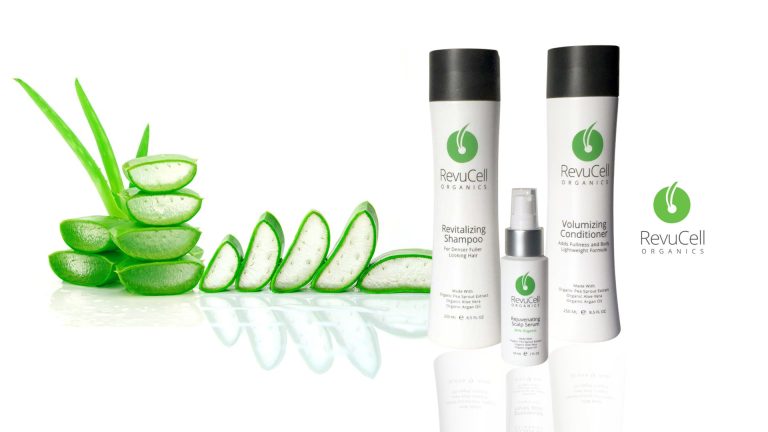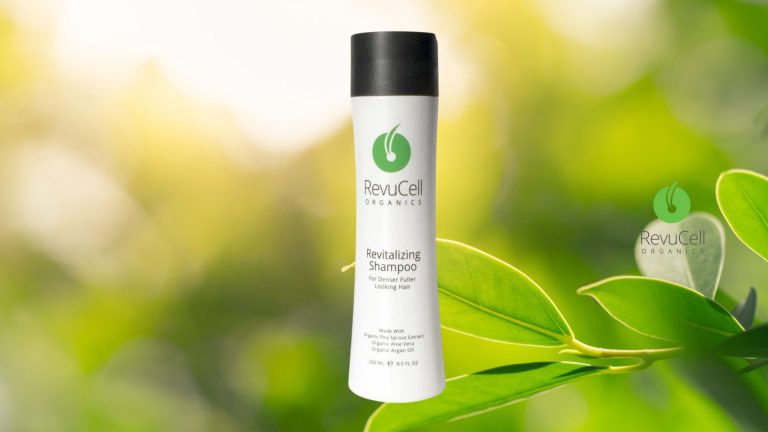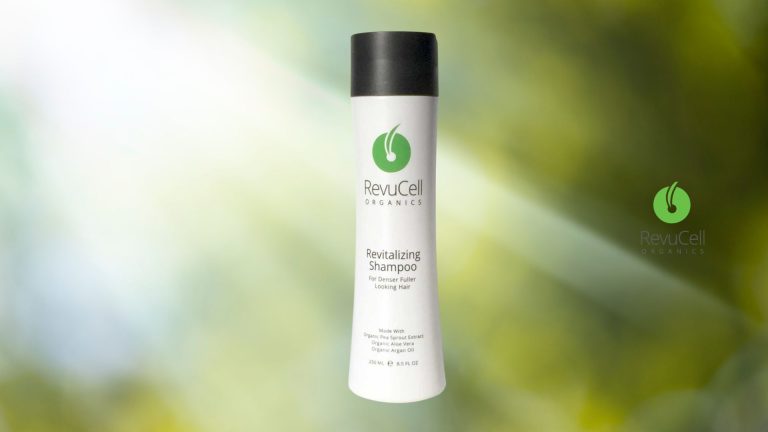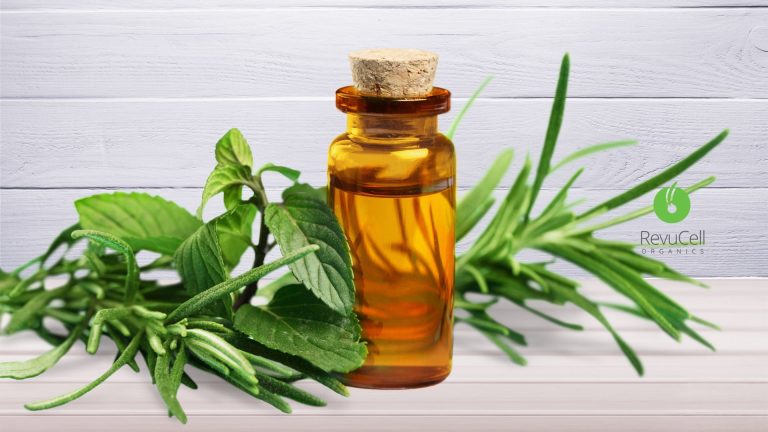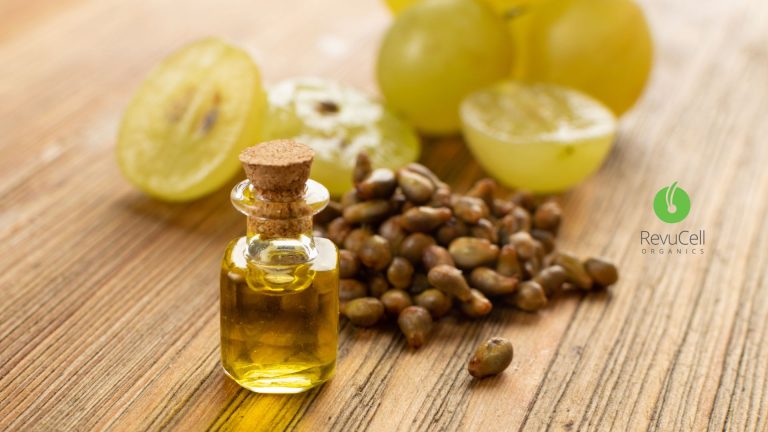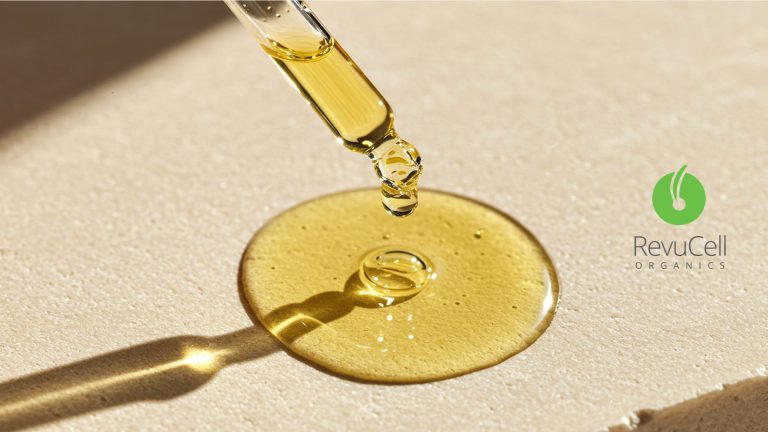Grapeseed Oil for Low Porosity Hair: A Cosmetologist’s Honest Review
As a licensed cosmetologist specializing in textured and natural hair, I’ve consulted with countless clients who struggle with low porosity hair. Their most common question after “Why won’t my hair absorb moisture?” is usually: “Which oils actually work for me?”
Today, we’re examining one specific oil that comes up frequently: grapeseed oil. So, is grapeseed oil good for low porosity hair?
The professional verdict is: Yes, grapeseed oil is one of the best lightweight oil choices for low porosity hair, primarily as a sealing oil and scalp treatment, but it has limitations as a standalone moisturizer.
In this deep dive, we’ll move beyond the hype and into the science. I’ll explain its unique fatty acid profile, show you exactly how to incorporate it into your routine without causing buildup, and help you set realistic expectations for what this oil can and cannot do.
Understanding Low Porosity Hair: The “Why” Behind the Struggle
Before we analyze grapeseed oil, let’s quickly recap what makes low porosity hair unique. Your hair strand is protected by a layer of cuticles that act like shingles on a roof.
With low porosity hair, these cuticles are tightly bound and lay flat against the shaft. This creates a smooth, resilient surface that is excellent at keeping moisture in but makes it incredibly difficult for moisture and oils to penetrate.
This is why you might experience:
- Water beading up on your hair during washes.
- Products sitting on your hair, feeling greasy rather than absorbed.
- A constant battle with product buildup and a lack of volume.
The key to success is using lightweight, fast-absorbing ingredients that won’t just coat the strand.
The Science of Grapeseed Oil: A Molecular Breakdown
The efficacy of any oil for low porosity hair comes down to its molecular structure and fatty acid composition. Grapeseed oil has a particularly interesting profile.
Fatty Acid Profile:
- High in Linoleic Acid (approx. 70-75%): This is a lightweight, polyunsaturated omega-6 fatty acid. Oils high in linoleic acid are generally thinner and less viscous, making them more suitable for low porosity hair as they are less likely to sit heavily on the cuticle.
- Low in Oleic Acid (approx. 15-20%): This is a thicker, monounsaturated omega-9 fatty acid. Oils high in oleic acid (like olive or avocado oil) are more likely to coat the hair and cause buildup on low porosity types. Grapeseed oil’s low oleic acid content is a significant advantage.
Furthermore, grapeseed oil contains antioxidants like Vitamin E and polyphenols, which help protect the hair from environmental damage and free radicals.
Penetrating Oils vs. Sealing Oils: Where Grapeseed Oil Fits
This is a crucial distinction for low porosity hair:
- Penetrating Oils (e.g., coconut oil, sunflower oil) have smaller molecular structures that can enter the hair cortex.
- Sealing Oils (e.g., jojoba, mineral oil, grapeseed oil) have larger molecules that primarily sit on top of the hair shaft to lock in moisture.
Grapeseed oil is primarily a sealing oil. Its strength lies in its ability to create a lightweight, non-greasy barrier over damp hair to prevent the moisture inside from escaping.
The Honest Pros and Cons of Grapeseed Oil for Low Porosity Hair
| Pros | Cons |
|---|---|
| ✅ Lightweight & Non-Greasy: One of the least heavy oils available. | ❌ Limited Penetration: Acts mainly as a sealant, not a deep moisturizer. |
| ✅ High in Antioxidants: Protects hair from environmental stressors. | ❌ Can Still Cause Buildup: If overused or applied to dry hair. |
| ✅ Excellent Moisture Sealant: Locks in hydration on damp hair effectively. | ❌ May Not Be Enough for Very Dry Climates: A heavier sealant may be needed. |
| ✅ Soothes the Scalp: Its anti-inflammatory properties can benefit a dry scalp. | ❌ Short Shelf Life: Prone to oxidation; store in a cool, dark place. |
Myth vs. Fact: Grapeseed Oil Edition
Myth: Grapeseed oil is a penetrating oil that can moisturize dry, low porosity hair from the inside out.
Fact: While some studies suggest minor penetration due to its linoleic acid content, grapeseed oil is primarily effective as a superior sealing agent. It locks in the moisture you add from your wash and conditioner.
Myth: You can use grapeseed oil as a leave-in conditioner on dry hair.
Fact: Applying any sealing oil to dry, low porosity hair is a recipe for buildup. It will sit on the surface, feeling greasy and potentially blocking moisture from entering in the future.
The Ideal Low Porosity Hair Routine with Grapeseed Oil
Here is a practical, step-by-step routine I recommend to my salon clients for incorporating grapeseed oil.
Step 1: Cleanse with a Gentle, pH-Balanced Shampoo
The goal is to remove buildup without stripping the hair, creating a clean slate for hydration. A gentle, sulfate-free shampoo is essential. Look for one that is pH-balanced to help maintain the hair’s natural acid mantle, which supports overall hair health and manageability.
Step 2: Condition with a Lightweight Hydrator
This is your primary opportunity to add moisture. A heavy conditioner will coat the strand. You need a rinse-out conditioner that provides excellent slip for detangling and hydrates without weight. The conditioning phase is where you add the water-based moisture that your grapeseed oil will later seal in.
Step 3: Apply Grapeseed Oil as a Sealant
This is the critical step.
- After washing, gently towel-dry your hair with a microfiber towel. Your hair should be damp, not dripping wet.
- Dispense 3-5 drops of grapeseed oil into your palms (start small—you can always add more).
- Rub your hands together to emulsify and distribute the oil.
- Smooth it over your hair in a “praying hands” motion, focusing on the mid-lengths and ends. Avoid the roots to maintain volume.
Professional Tip: For a more balanced approach, consider a pre-blended lightweight serum that contains grapeseed oil among other beneficial ingredients. These formulations are often engineered for optimal absorption and performance on low porosity hair.
Frequently Asked Questions (FAQ)
1. Is grapeseed oil or argan oil better for low porosity hair?
Both are excellent, lightweight choices, but they serve slightly different purposes. Grapeseed oil is a purer sealant with a very dry feel. Argan oil, while also lightweight, contains more nourishing compounds that can add a bit more softness and shine. For a pure seal on damp hair, grapeseed is fantastic. For a blend that offers sealing with extra conditioning, an argan-based serum may be preferred.
2. Can I use grapeseed oil on my scalp for low porosity hair?
Yes, its lightweight and anti-inflammatory properties make it a good option for a dry scalp treatment. Apply a few drops directly to the scalp, massage in, and leave on for 20-30 minutes before washing your hair as normal.
3. How often should I use grapeseed oil on my low porosity hair?
You can use it as a sealant after every wash. If using as a pre-shampoo scalp treatment, once a week is sufficient. Listen to your hair—if it starts to feel heavy or look greasy, reduce the frequency or amount.
4. Why does my hair still feel dry after using grapeseed oil?
This is the most common issue. Remember, grapeseed oil is a sealant, not a moisturizer. If your hair feels dry after sealing, it means you didn’t add enough water-based moisture during the conditioning stage. The oil is simply sealing in dryness. Focus on maximizing hydration with your conditioner before you reach for the oil.
Conclusion: A Staple Sealant, Not a Magic Bullet
Grapeseed oil earns its place as a valuable tool in your low porosity hair care arsenal. Its exceptionally lightweight nature and high linoleic acid content make it a superior choice for sealing in moisture without the dreaded buildup. However, it is not a miracle worker. It requires a solid foundation of proper cleansing and hydration to be effective.
For those seeking a simplified routine, the Revucell system—featuring a gentle shampoo, weightless conditioner, and a balanced leave-in serum—provides a harmonious, plant-powered approach to managing low porosity hair. It takes the guesswork out of formulation, allowing you to focus on the technique that makes all the difference.
Embrace grapeseed oil for what it does best, and you’ll be one step closer to achieving the hydrated, healthy, and defined hair you’re working for.


